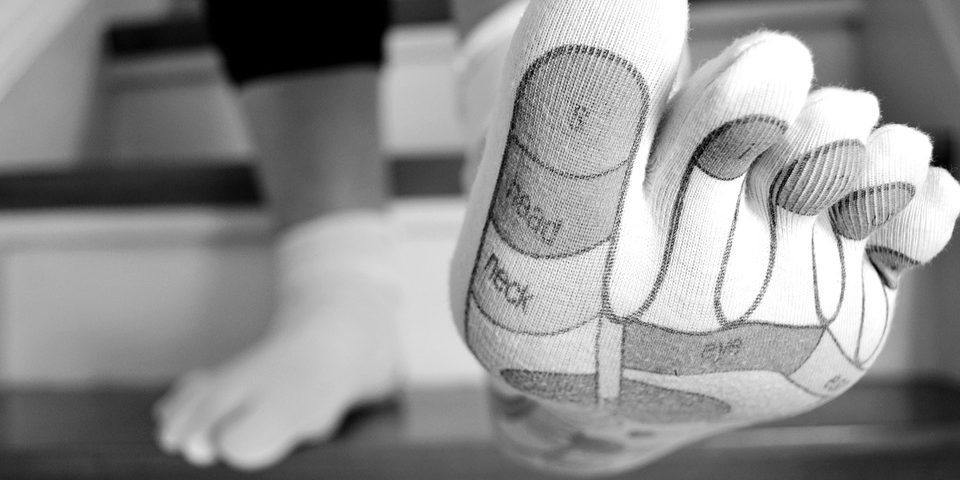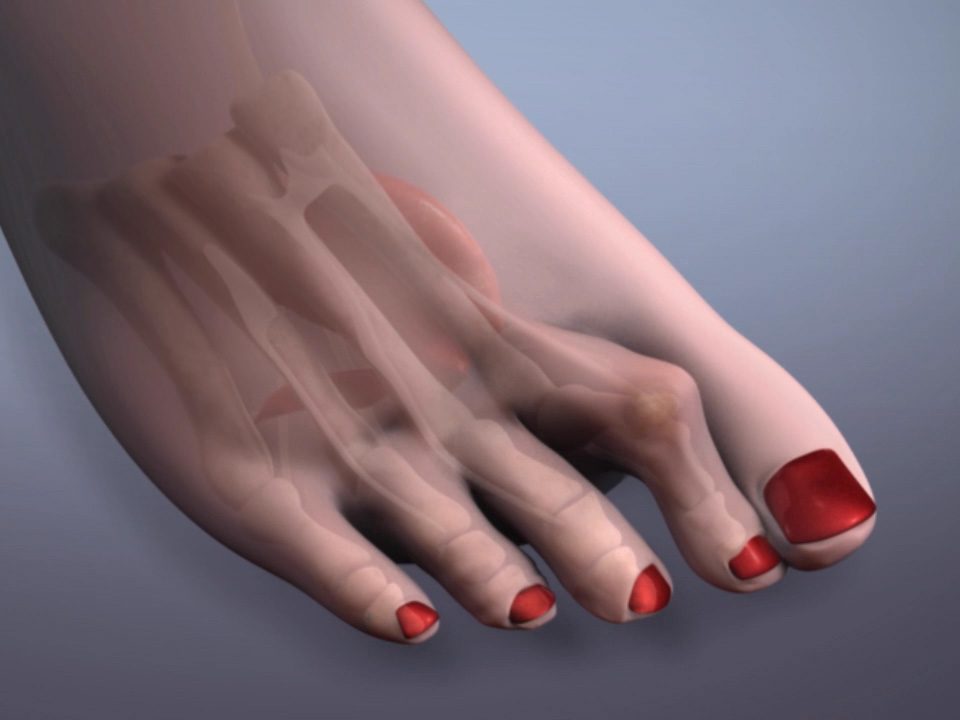Pain Under Your Big Toe: How to Treat Sesamoiditis

Top 4 Things You Need to do Before Achilles Tendon Repair in Houston
June 25, 2021
Top 3 Types of Arthritis That can Cause Ankle Problems
August 2, 2021Sesamoiditis is the pain and inflammation in certain bones of the foot and leg, mostly involving bones called sesamoids. Sesamoids consist of the tibial, fibular, and patella, which you may have heard of before. What makes these bones sesamoids is that they do not connect to other bones, but are rather just attached to a muscle or tendon by itself.
The largest sesamoid happens to be your kneecap or patella. Two other sesamoids can be located underneath each foot around the big toe area, called the tibial and fibular sesamoids. If you are experiencing pain in this area of your foot, be sure to have this corrected by the best podiatrists in Houston has to offer. In the meantime, here is more important information about sesamoiditis. Sesamoiditis can be caused by overworking the tenders that are attached to the sesamoids, which can happen by wearing high heels, doing physical activities barefoot, or running too often.
Symptoms
Pain under the foot near the big toe is the most common indicator of sesamoiditis. The type of pain depends on the severity of the condition. Typical sesamoiditis will start as a minor pain that will gradually get worse over time. This pain might be aggravated by attempting to bend or straighten the toe associated with the condition. If there is a fracture, you may immediately feel severe pain. Regardless of the type of sesamoiditis, swelling or bruising of the foot may or may not be present.
Diagnosis
A diagnosis of sesamoiditis commonly involves an examinations and X-rays. Your podiatrist will first examine your foot by moving and feeling around the big toe for sensations of pain. This will help the podiatrist figure out the degree of tenderness your sesamoids are experiencing.
The podiatrist will proceed to undergo X-rays on your foot to determine whether you have sesamoiditis or a sesamoid fracture. For most sesamoiditis patients, the tibial and fibular will be easily recognized in X-rays. But for others, their sesamoids may be multipartite, or consisting of more than one segment, so it will be harder to determine if the sesamoid is fractured or not. If X-rays do not find anything abnormal, the podiatrist may also perform an MRI or bone scan for further analysis.
Treatment
Considering that sesamoiditis is an inflammatory condition. One of the most common treatments is to rest the foot, applying ice, take ibuprofen, and limiting how much you walking you do to reduce the pain. The podiatrist could advise against you wearing certain footwear such as high heels and flats that might have caused or aggravated the pain. You may also be prescribed medication to take to further treat your condition. A sesamoid pad may also be helpful in reducing pain in your foot as you stand and walk. Continuously taking these steps will take several weeks for the pain to subside.
If you are diagnosed with a fracture, your doctor will prescribe you with either stiff-soled shoes or an orthopedic device to help the fractured sesamoids heal. You also may be instructed to perform routine calf stretches. Like with regular sesamoiditis, you may also rest and ice the foot as well as take medications. Full healing of a fractured sesamoid can take up to 2 months with proper rest and rehabilitation.
Summary
Overworking the bottom side of your feet can lead to pain and swelling in your sesamoids. It may also cause a fracture which can take longer to heal. When you sense pain around the ball of your big toe, visit your podiatrist for a diagnosis before pain and other symptoms grow worse.



